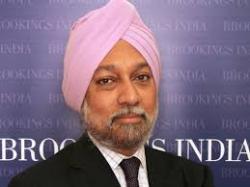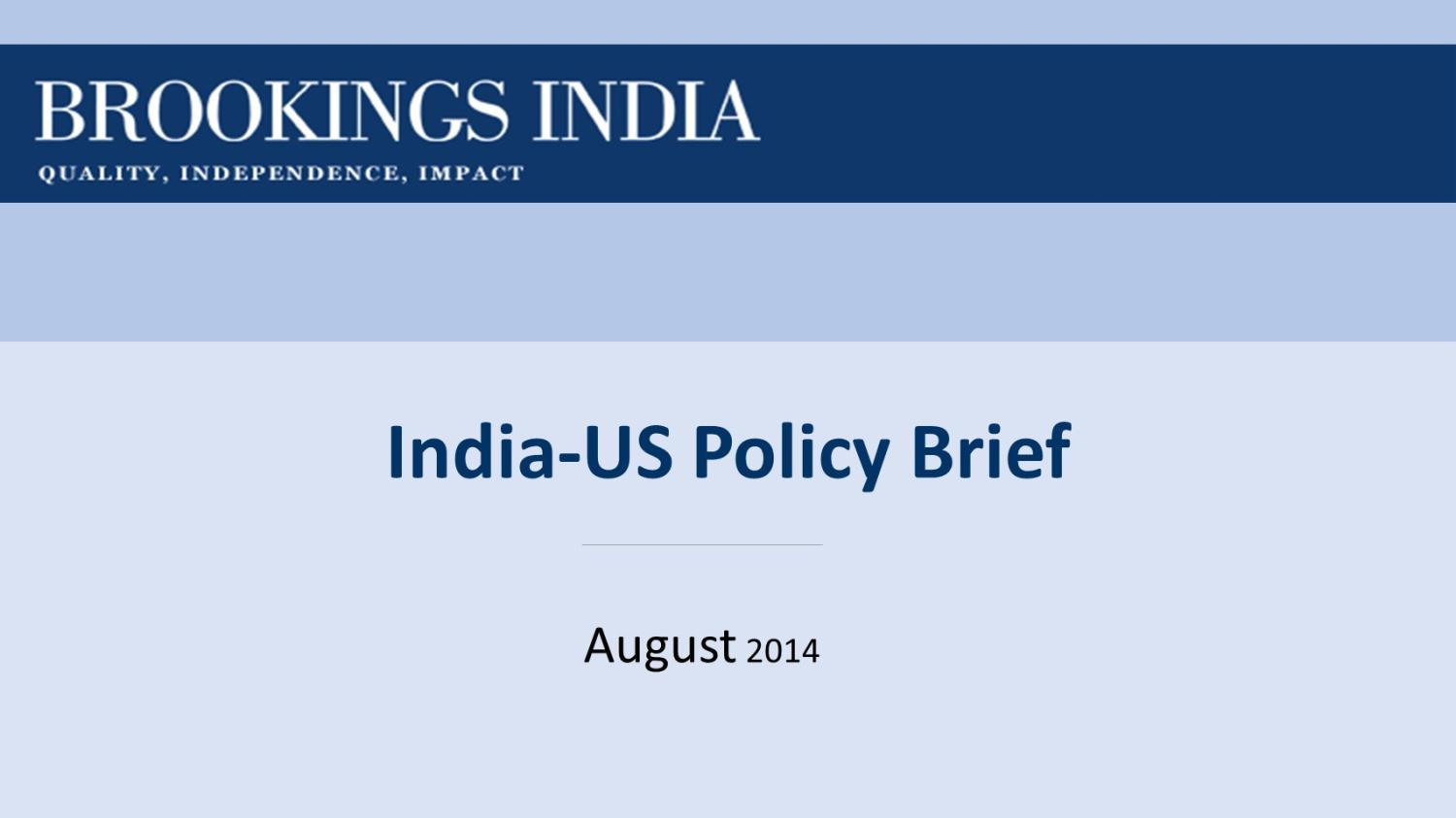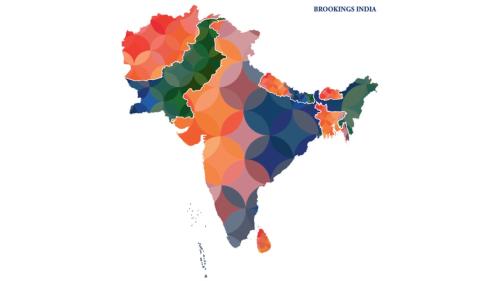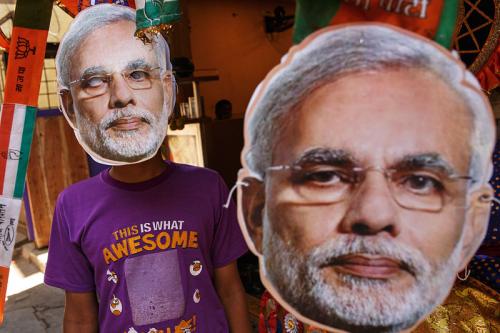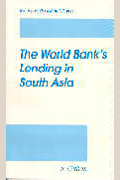Content from the Brookings Institution India Center is now archived. After seven years of an impactful partnership, as of September 11, 2020, Brookings India is now the Centre for Social and Economic Progress, an independent public policy institution based in India.
In this India-U.S. Policy Memo, W.P.S Sidhu outlines India’s foreign policy priorities. He considers where countries like China, Japan, Pakistan and Russia feature in that agenda, and what impact India’s policies toward these countries, in turn, might have on India-U.S. relations.
There is broad consensus in India that the country’s single most important objective is to become the world’s third largest economy by 2025 and, concurrently, also emerge as one of the key global political and security actors in the evolving multipolar world. As a corollary, there is growing appreciation that India’s foreign relations and its external environment have the potential either to help achieve this objective or to block its attainment.
The latter prospect seems more likely given the slew of challenges faced in the foreign arena. Starting with its immediate neighborhood: bilateral relations that had drifted or derailed, especially with China and Pakistan, have to be put back on track. Beyond India’s immediate neighborhood, relations with other regions, particularly the Asia-Pacific, Central Asia, the Indian Ocean, the Middle East, and increasingly Africa will have an impact on India’s development agenda and well-being. In all of these areas the United States is a key actor and India-U.S. relations will be a crucial determinant.
The Modi government’s priority to India’s immediate neighborhood was apparent in the first presidential address to parliament on the new government’s agenda. It underlined Prime Minister Modi’s “determination to work towards building a peaceful, stable and economically inter-linked neighbourhood which is essential for the collective development and prosperity of the South Asian Region.” This emphasis was also evident in the unprecedented invitation to leaders of the South Asian Association of Regional Cooperation (SAARC) countries and Mauritius to attend the government’s swearing-in ceremony. It was followed up with state visits to Bhutan and Nepal and separate visits by the foreign minister to Bangladesh, Nepal, and Myanmar.
However, challenges remain. Pakistani Prime Minister Nawaz Sharif’s bold decision to attend Prime Minister Modi’s swearing-in coincided with the attack on the Indian consulate in Herat, Afghanistan. This underlines the fact that major political initiatives for rapprochement will be threatened by those keen to perpetuate a constant state of hostility between the two countries, especially as the Herat attack was traced to terrorist organizations in Pakistan. Prime Minister Modi’s political initiatives might also be stymied by the limited capacity of India’s foreign and security policy establishment to sustain his efforts to build a no-war milieu, as well as the absence of effective bilateral or regional mechanisms to address cross-border terrorism.
The address to parliament mentioned above also listed China, Japan, and Russia as priorities for the new Indian government before the U.S. and Europe. Though multilateralism was not mentioned, Prime Minister Modi’s participation in the BRICS summit in Brazil indicates that practice might precede the articulation of multilateral policy.
Prime Minister Modi’s desire to improve relations with China, however, is tempered by two conditions: first, China’s aggressive stance along the Line of Actual Control as well as joint exercises between China and Pakistan; and second, the need to manage the growing trade deficit. Presently India’s exports to China are at $17.3 billion, while China is exporting nearly $50 billion to India. While both countries have set a target of $100 billion bilateral trade in 2015, New Delhi is unwilling to bear a larger trade deficit.
On the India-U.S. front, efforts are needed to revitalize the partnership from a merely transactional one to a strategic one, though the route to the latter might well be determined by the size of the former. While the spate of high-level visits is a good start, appointing a new U.S. ambassador to New Delhi soon would be vital to sustain progress.
Initial moves suggest that both New Delhi and Washington have pragmatically sought to reach out and set an ambitious agenda. The July India-U.S. strategic dialogue indicates that among the bilateral priorities will be counterterrorism, clean energy, energy efficiency, energy security—including full implementation of the India-U.S. nuclear deal—space, nuclear and cyber cooperation, climate change, and reform of the United Nations Security Council. Defense cooperation, though not formally part of this strategic dialogue, is also providing positive traction to advance bilateral relations.
Beyond the bilateral, India and the U.S. also need to address or manage their differences over other countries and regions. While the U.S. will cheer India’s efforts to engage its neighbors, particularly Pakistan, and to strengthen ties with Japan, Washington needs to exert its influence in Islamabad to ensure progress on various fronts. Similarly, while New Delhi’s successful rapprochement with China beyond a point will cause U.S. unease, Washington now appears willing to accept greater Sino-Indian cooperation. The U.S. was also always uncomfortable with India-Soviet and India-Russia coziness; events in Syria and Ukraine will resurrect old fears even though India’s partnership with Russia poses few direct challenges to Washington.
New Delhi and Washington are unlikely to agree on all of India’s foreign policy priorities; reaching a common understanding on differences, however, would be crucial for India to achieve its foreign policy objectives.
